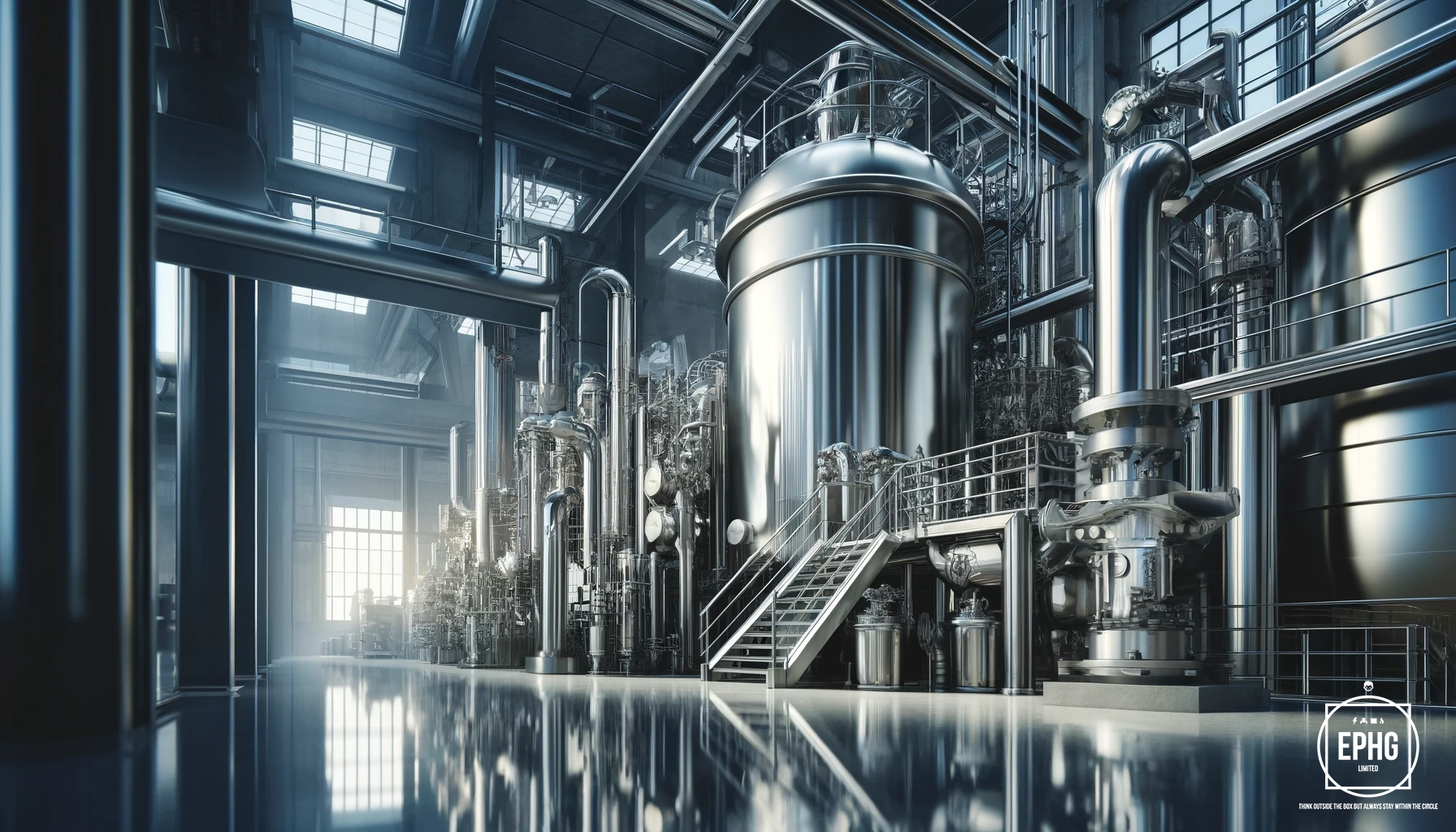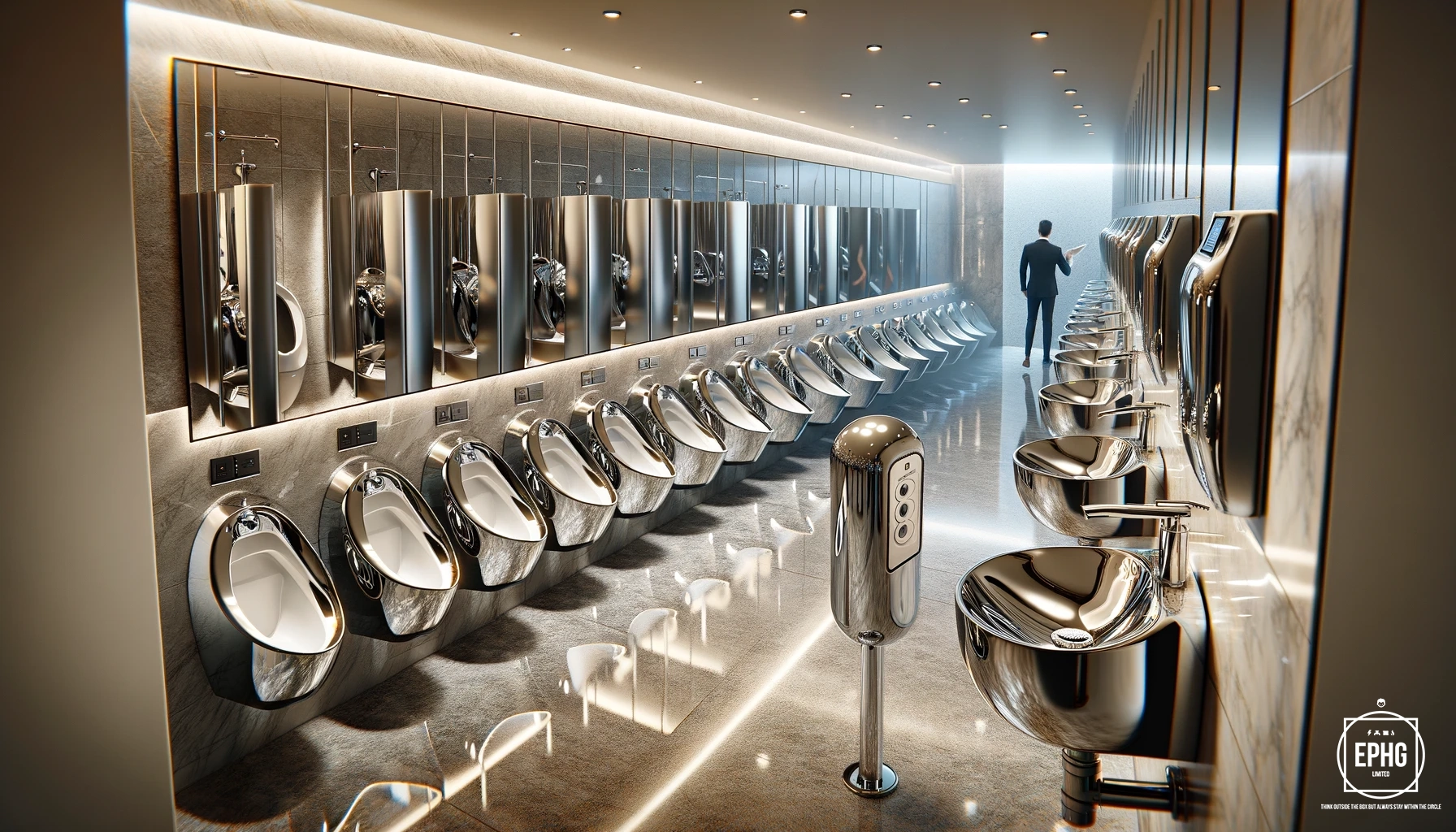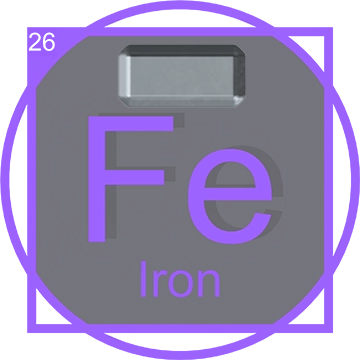Introduction to Chromium
Chromium, symbol Cr, is the 24th element on the periodic table and is classified as a transition metal. Known for its shiny, silver-gray hue, chromium is not only aesthetically significant but also extensively utilized in various industrial applications. The metal is famed for its high corrosion resistance and hardness.
Discovery of Chromium

Chromium was first discovered in 1797 by the French chemist Louis Nicolas Vauquelin. He found the element in a mineral known as Siberian red lead, now called crocoite (lead chromate). Vauquelin was able to isolate the metal by heating the crocoite with charcoal, marking a significant milestone in the annals of chemistry.
Chromium in the Periodic Table
Occupying position 24 in the periodic table, chromium is part of the group known as transition metals. This group is characterized by its members' ability to form various oxidation states, which is a testament to their reactivity and versatility. Chromium itself exhibits several oxidation states, with the most stable and common being +3.
Physical and Chemical Properties

Chromium is highly valued for its outstanding physical and chemical properties, including high melting point, sturdy structure, and shiny appearance. Its most notable chemical property is its remarkable resistance to tarnishing and corrosion, which is why it is often used to make stainless steel and various metallic alloys.
Applications of Chromium
The applications of chromium are vast and varied. It is most famously used in the production of stainless steel, which combines iron, chromium, and sometimes nickel to produce a highly durable metal. Chromium is also used in chrome plating, dye and pigment production, wood preservation, and even as a tanning agent in the leather industry.
Chromium's Role in Modern Science

In science, chromium plays a crucial role in various studies, including environmental science, metallurgy, and biology. It is a subject of study in corrosion resistance, electroplating, and its impact on organisms when it enters the environment in different chemical forms.
Conclusion
The discovery of chromium significantly impacted multiple industries and scientific fields. Its diverse applications and robust characteristics make it an element of continuous interest and importance in both industrial and scientific communities. As research progresses, the potential for new and innovative uses of chromium continues to expand.
Production of Chromium

Chromium is primarily extracted from the mineral chromite, a compound of iron, magnesium, chromium, and oxygen (FeMg(Cr2O4)). The process of producing chromium involves mining chromite ore and then refining it through a series of steps. Initially, the ore is crushed and concentrated through gravity separation. The concentrated ore is then subjected to high-temperature roasting in the presence of oxygen, converting the chromium into a more extractable form. Finally, the processed chromium is purified to produce various grades and forms of chromium, such as ferrochromium or chromium metal.
Chromium Mines

Significant chromite mines are found in several parts of the world. The largest producers include:
- South Africa - Bushveld Igneous Complex
- Kazakhstan - Donskoy Ore Mining and Processing Plant
- India - Sukinda Valley and Orissa
- Zimbabwe - Great Dyke
- Canada - Ring of Fire, Ontario
- The Tiébaghi Mine
These mines also frequently yield minerals such as iron, magnesium, and aluminium, which are commonly found alongside chromite.
Current Uses of Chromium

Today, chromium is indispensable in various industries. Its primary use is in the manufacture of stainless steel, which consumes about 70% of world chromium production. The alloying properties of chromium enhance the strength, durability, and corrosion resistance of steel. Additionally, chromium is used in:
- Metal plating for corrosion protection and aesthetic finishes.
- The production of pigments for dyes, paints, and inks.
- Wood preservatives and leather tanning.
Future Prospects of Chromium
The future of chromium in science and technology looks promising. Researchers are exploring the potential of chromium in advanced materials like superalloys that can withstand extreme temperatures and corrosive environments, ideal for aerospace and nuclear reactor applications. There is also ongoing research into chromium-based catalysts for organic synthesis, which could revolutionize chemical manufacturing. Additionally, the role of chromium in renewable energy technologies, such as in the production of photovoltaic cells, is a growing area of interest. These advancements could redefine the applications of chromium, making it a cornerstone in the next generation of technological innovations.
Chrome in Plumbing: A Double-Edged Sword for Emergency Plumbers
Chrome has long been a popular choice in the plumbing industry, prized for its bright, reflective finish and resistance to tarnish. It’s commonly used for fixtures like faucets, shower heads, and decorative elements within residential and commercial buildings. However, when it comes to chrome pipes, the situation can get complicated for emergency plumbers.
The Challenges of Chrome Plumbing
While chrome fixtures are aesthetically pleasing and durable, chrome pipes can present unique challenges. The main issue arises from chrome's rigidity and the way it is applied. Chrome plating is often used to coat other metals to leverage its attractive finish and corrosion resistance. However, this plating can crack and peel when subjected to the high stress or flexing that sometimes occurs in emergency plumbing situations.
Cracks in the chrome can expose the underlying metal to corrosion, leading to leaks and other failures. This is particularly problematic in emergency scenarios where a quick fix is necessary but difficult to achieve due to the compromised integrity of the chrome layer.
Advice for Homeowners and Professionals
For homeowners, the allure of chrome in plumbing should be balanced with an awareness of these potential issues. Regular maintenance and inspections by qualified professionals can help mitigate some of these risks. For emergency plumbers, having the right tools and expertise specific to chrome fixtures is crucial to effectively handle these materials without causing further damage during repairs.
For immediate assistance with chrome plumbing issues in the UK, visit 24-Hour Emergency Plumber Services.













